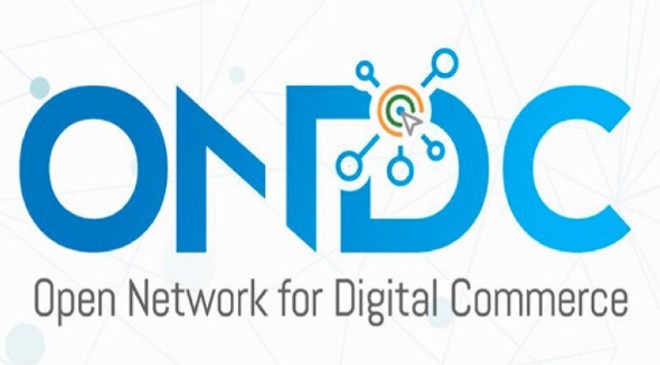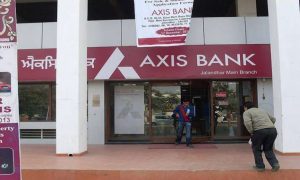“ONDC’s milestone of 99 lakh transactions highlights its potential as a transformative Digital Public Infrastructure, potentially accelerating economic growth and market accessibility in India.”
ONDC (Open Network for Digital Commerce, a government-initiated non-profit entity) crossed 99 lakh transactions in June 2024. ONDC is a Digital Public Infrastructure (DPI), a concept that received significant focus in the Union Budget 2024-25. A recent report by the India’s G20 Task Force on Digital Public Infrastructure suggested that India achieved financialisation in 9 years, a process that would have probably taken 50 years, thanks to DPIs such as UPI, Aadhaar, etc. Adoption of ONDC could act as a leveler in the marketplace, aiding easier flow of trade within the country. Rising usage of DPIs could provide a productivity boost to land, labour and capital, and bodes well for the economy.
Read More: What Is UPI Transaction Limit, Per Day Limit Of Various Public And Private Banks –Check Comparison
ONDC is a service for digital commerce in India. It creates an open network by separating different parts of a digital transaction. ONDC maintains a protocol, like UPI, that allows different platforms to work together without needing to connect their systems directly. If two platforms follow the ONDC Protocol, they can interact. All these platforms form the ONDC Network. Just like UPI lets banks and payment platforms transfer money regardless of the recipient’s system, the ONDC Protocol lets buyers and sellers trade goods or services on any platform.
ONDC protocols would standardize operations. Thus, small businesses would be able to use any ONDC compatible applications instead of being governed by specific platform centric policies. This will provide multiple options to small businesses to be discoverable over network, conduct business and encourage easy adoption.
ONDC is expected to make e-Commerce more inclusive and accessible for consumers. Consumers can discover any seller, product or service by using any compatible application or platform, thus increasing freedom of choice. ONDC would promote inclusion of local suppliers, drive logistics efficiencies and lead to value enhancement.
ONDC, launched in January 2022, has rapidly expanded its reach across various domains such as grocery, fashion, beauty, and more. ONDC is now used in 607 cities, with more than 6.14 Lakh sellers and service providers active on the network. Reaching 1 crore transactions in a month from 1,000 in January 2023 is a meaningful achievement. For comparison, UPI crossed 1 crore transactions in June 2017, and today with >1,000 crore transactions monthly, it is a dominant way of money transfers.
As per the economic survey, ONDC has success stories across domains:
The network offers cost benefits to restaurants, easing the burden of high fees charged by aggregators. Q4FY24 saw an 18% rise in orders with a strong network of 95,000+ restaurants in 347 cities.
Q4 FY24 saw a growth of 52% in grocery orders, facilitated by a network of 12,585 sellers in 665 cities. Leading players such as Paytm and Otipy are investing in advanced digital storefronts & QR code tech.
Around 5,700 FPOs have joined the network, collectively doing 23,000+ transactions in Q4 FY24.
Read More: IPhone In 30K? Apple Iphone Price Drops In Amazon Great Freedom Festive Sale
Several digitally empowered inclusive stories were also highlighted, such as empowering over 10 Lakh women across 76 SHGs supporting rural employment, various small businesses registering high growth, and the Namma Yatri platform that eliminates commissions and improved driver earnings. In the Budget last week, the Hon’ble Finance Minister announced Agricultural DPIs that would cover a digital crop survey for 6 crore farmers in 400 districts. She also invited the private sector to develop Digital Public Infrastructure, across key areas of credit, e-commerce, education, health, law and justice, logistics, MSME, services delivery, and urban governance. This follows the final report of India’s G20 Task Force on Digital Public
Infrastructure, which suggested that DPI allows nations to fast track their economic development in an inclusive and competitive manner, leveraging cutting edge technology, good governance, and markets to drive outcomes such as health and financial inclusion, human development, access to jobs and employment, and improved public services.
Indian public policy has witnessed the benefits of well designed and implemented Digital Public Infrastructures, such as Aadhaar and UPI. Building on this success, increased focus towards DPI across sectors is a positive step that could provide higher efficiencies in India. The ONDC, with its open architecture, has the potential to democratize digital commerce, making it more accessible to a broader spectrum of buyers and sellers. This approach not only fosters inclusivity but also mitigates the risk of single points of failure in domestic trade. Rising adoption of DPIs could provide a productivity boost to land, labour and capital, and bodes well for the economy.





































